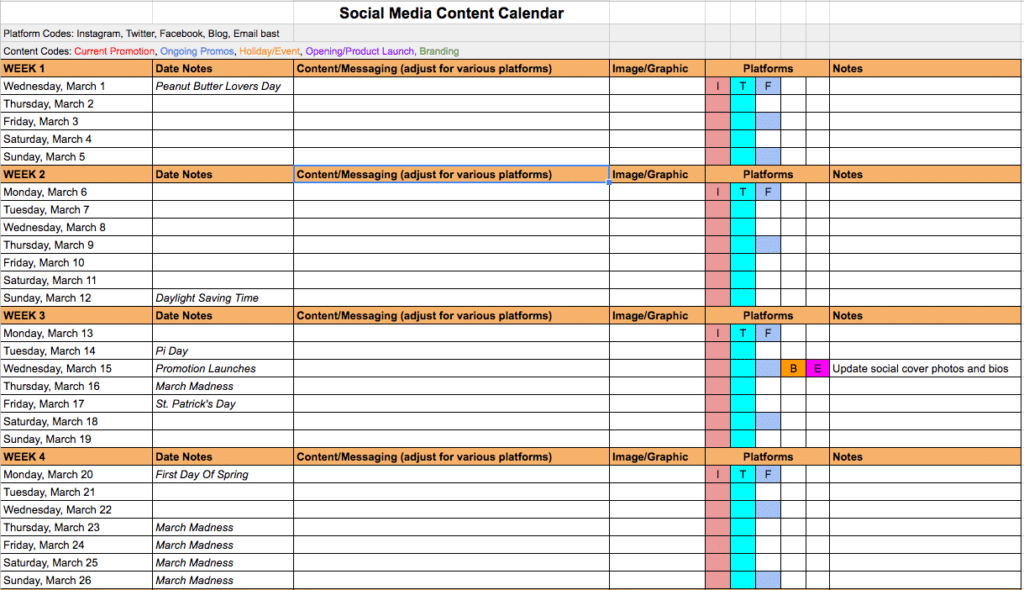Non-profit organizations have more in common with standard businesses than you might think. The success of either depends on a marketing team’s ability to raise awareness, connect with a target audience, and convince people to take action.
Otherwise, no one will know they’re out there or understand why they should choose one option over another.
Content marketing is a massive part of any successful digital-age marketing campaign. But content marketing for non-profits differs from other types in some critical ways. Here’s what you need to know to approach it successfully.
- What Is Content Marketing for Non-Profits?
- Understand How Non-Profits Are Different
- Create a Powerful Mission Statement
- Use Storytelling in Your Content
- Encourage User-Generated Content
- Understand the Donor’s Journey
- Promote In-Person Events
- Set Up a Content Calendar
- Use SEO to Support Discoverability
- Track and Analyze Your Efforts
- Content Marketing for Non-Profits: Mistakes to Avoid
- Wrap Up
Download this post by entering your email below
What Is Content Marketing for Non-Profits?
A non-profit needs to get the word out about what it’s doing just as surely as businesses do if it’s going to attract the donors and volunteers it needs. The term “content marketing for non-profits” refers to any and all efforts to leverage created content (like blog posts, videos, emails, and more) to reach a given non-profit organization’s target audience.
Content marketing for non-profits is essential because, without it, you’re counting on luck instead of strategy to get you where you need to be. That said, an effective marketing strategy for non-profits:
- Ensures your content reaches a target audience and makes an impression instead of just sitting there unread
- Helps your non-profit build an effective, appealing brand identity
- Raises awareness of the services and benefits you offer
- Ensures efficient and effective use of your resources
- Moves your non-profit toward its long-term goals
Understand How Non-Profits Are Different
A company or business is focused on growth and turning a profit. However, a non-profit is looking for support, which can take many forms. Of course, monetary donations are part of the picture, but so are people who volunteer their time, advocacy, and labor to your cause.
That said, a piece of marketing content for a business only needs to inspire a person to make a purchase. However, a non-profit needs that same person to make a much larger commitment, and its approach to content creation and non-profit marketing needs to reflect that difference in goals.
Create a Powerful Mission Statement
Just as a business needs a strong brand voice and identity that features in all of its content marketing decisions, a non-profit requires a powerful mission statement. Your mission statement defines your non-profit’s purpose and needs to inspire your audience to become part of what you stand for.
Properly incorporating your mission statement and key messages into your content marketing strategy also:
- Ensures consistency as far as what’s being said in your content, across all of your social media content, and in person to volunteers or donors
- Simplifies the process of content creation for non-profits
- Helps deliver the right information to individual segments of your target audience
Use Storytelling in Your Content
Storytelling is a powerful way to take any marketing campaign to the next level. A good story piques a person’s curiosity and practically demands that they stop scrolling long enough to see what it’s all about. It also helps them connect with the cause behind the content and picture themselves as part of it.
Powerful ways to leverage storytelling to make your marketing content more powerful include:
- Sharing the “why” behind the founding of your non-profit
- Showcasing the personal stories behind why your founders, members, and volunteers choose to be part of what you’re doing
- Sharing examples of ways your organization has made a difference for your community or the greater good
Encourage User-Generated Content
Relatability is crucial for non-profits, as people need to feel connected to a cause or organization before willingly donating their valuable time or hard-earned money. Leveraging user-generated content in your marketing campaigns can help immensely with this by:
- Giving your donors and volunteers a chance to share their support with others in a meaningful way
- Showing future donors and advocates how great it can feel to support your organization
- Using social proof to spread your message and encourage new people to join your cause
Understand the Donor’s Journey
Every member of a marketing team’s target audience goes through a process when deciding how to spend their money or time. For potential supporters of a non-profit organization, this process is called the donor’s journey. The different stages of the donor’s journey are:
- Awareness: When someone first discovers the non-profit, learns what it’s all about, and connects for the first time.
- Engagement: The stage during which a potential donor learns more about the non-profit, including the benefits of participating, via ongoing engagement.
- Donation: The final stage that finds a potential donor ready to take action and get involved.
Successful content marketing for non-profits includes carefully tailored material designed to reach people at all of these different stages.
Outsourcing the job to experienced freelance writers from a trusted content production platform like WriterAccess is a great way to ensure your targeted content is effective. You can even sign up for a free two-week trial to explore the possibilities before making a more significant investment.
Promote In-Person Events
Events like fundraisers, rallies, and more are important parts of how a non-profit raises awareness, attracts new donors, and connects with the local community. However, people can’t come to an event they don’t know about.
Content marketing for non-profits can help ensure the success of your events by:
- Generating interest and getting people excited about attending via social media, email correspondence, and more
- Potentially connecting you to sponsors and opportunities to partner with local businesses
- Opening the door to continued engagement before, during, and after the event
Set Up a Content Calendar
Successful content marketing is about more than just the content itself. It’s also about consistency, as audiences like to look forward to content from the brands and organizations they care about. Setting and sticking to a content calendar helps you meet your goals by:
- Ensuring your audience stays consistently engaged across all of your outreach channels, including social media and your organization’s blog
- Guaranteeing the timeliness of content options like newsletters and email sequences
- Boosting SEO efforts and SERP rankings via a consistent stream of high-quality, relevant content
- Coordinating the efforts of your content production team, including writers and editors

Use SEO to Support Discoverability
Discoverability is one of the primary objectives of any content marketing campaign, and search engine optimization (SEO) is a key part of that. After all, even the best, most exciting content in the world won’t be of much use to your organization if no one can find it.
A thorough SEO campaign gives your content its best chance to make an impact on your audience by ensuring that those looking for it can find it in the first place.
- Perform regular rounds of fresh keyword research to ensure your content is in step with what your audience is searching for.
- Use the best SEO practices to optimize your entire website, including standalone pages, URLs, images, and individual blog posts.
- Be consistent about posting new content and updating existing content to keep it relevant.
- Audit your site regularly to scan for problems and address them before they can affect your hard-won SERP rankings.
Track and Analyze Your Efforts
Carefully keep track of your team’s content marketing efforts throughout your campaigns so you have the information you need to determine their effectiveness once they’re complete.
Popular methods, resources, and tools for handling tracking include:
- Website analytics
- Key performance indicator (KPI) tracking tools – correspondence open rates, web traffic, donor retention, etc.
- Feedback from audiences and donors
- Social media monitoring
- Visitor behavior analytics
Sit down with your team and analyze the data once the campaign is over. Did you meet your goals, exceed them, or fall short? What went well, and what could have gone better? How can you apply what you’ve learned about your audience to make your next marketing campaign more effective?
Content Marketing for Non-Profits: Mistakes to Avoid
When it comes to content marketing for non-profits, it’s just as important to know what not to do if you’re serious about helping your organization succeed.
Here are some common mistakes to watch out for.
Putting together a content strategy before knowing your audience
Many organizations new to digital marketing assume that if they create their strategy first, their audience will magically show up later. In actuality, it’s the other way around.
Figure out who your target audience is. Learn what they care about, where they hang out online, and how they like to consume their content. Then craft your strategy to match.
Not building a website
While social media pages on top platforms like Facebook, Twitter, or Instagram are essential for non-profits looking to succeed, they’re not substitutes for dedicated websites.
All non-profits need a website that belongs to them and that they have complete control over. It needs to be professionally designed, fully functional, and continuously updated with fresh, high-quality content.
Trying to produce all of their own content
While it’s great if non-profit founders or critical team members want to personally contribute to content marketing efforts with powerful options like annual reports or occasional blog posts, it’s not realistic to intend to handle all of your content yourself.
Between your company blog, your social media channels, your newsletter content, your landing page copy, and all the rest of it, you’re looking at a lot of content. Decide upfront how you’ll handle it all. Consider outsourcing most (if not all) of it to professional writers who can lend their own expertise to your projects.
Wrap Up
Ultimately, content marketing for non-profits is similar to traditional content marketing, but it’s not the same. Knowing the key differences upfront is crucial. So is having the right help in your corner.
Scale your content production efforts successfully when you trust the job of experienced freelance content writers from WriterAccess. Sign up for a free two-week WriterAccess trial and get started today!








